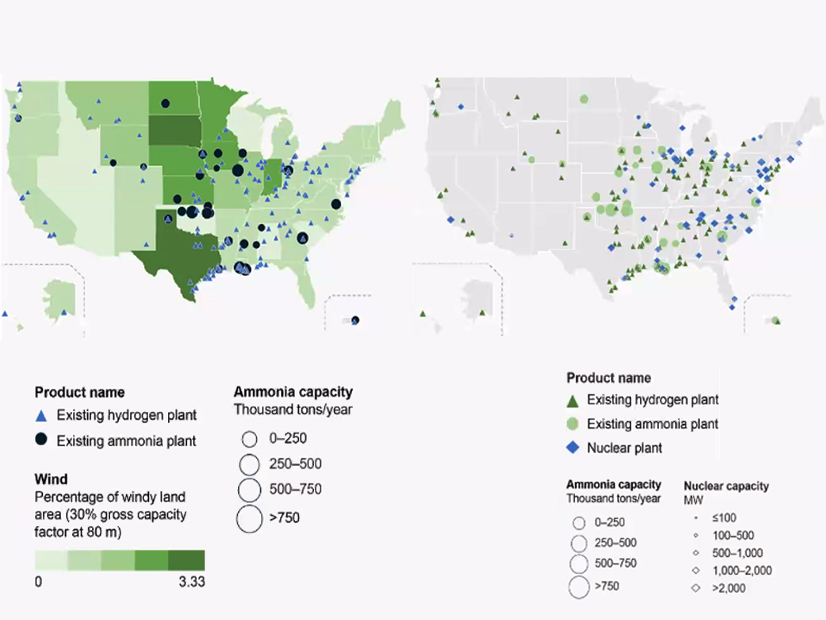
The U.S. Department of Energy announced Monday that it will detail in September or October what regional consortia of industry and government must do to apply for up to $8 billion in federal matching funds to generate and use clean hydrogen on a local level.
Energy Secretary Jennifer Granholm made the announcement at the start of the department’s annual three-day symposium on hydrogen development and use.
The first day of this year’s symposium showed the breadth and depth of the government’s efforts to leverage the expertise of its federal labs in partnership with industry to develop technologies to produce and use low-cost hydrogen in industry, power generation and transportation.
The department’s Notice of Intent to fund hydrogen hub projects also came simultaneously as its $2.6 million Hydrogen Shot Incubator Prize, a contest “to identify, develop and test disruptive technologies that reduce the cost of clean hydrogen production” to help the government meet its goal of hydrogen produced by electrolysis of water at a price of $1/kg.
And it came just 14 months after President Biden announced his administration’s goal to reduce greenhouse gas emissions by 50% by 2030 compared to 2005 levels and create economy-wide net zero emissions by 2050.
“Hydrogen energy has the power to slash emissions from multiple carbon-intensive sectors and open a world of economic opportunity to clean energy businesses and workers across the country,” Granholm said in brief remarks at the start of the symposium. “These hydrogen hubs will make significant progress towards President Biden’s vision for a resilient grid that is powered by clean energy and built by American workers.”
One of the first areas that is expected to replace fossil fuels with hydrogen is heavy transportation, including 18-wheelers as well as locomotive engines and possibly shipping, which would refuel at major ports. There are also plans to replace coke (produced from coal) in steelmaking with hydrogen.
Currently, the nation’s industries produce about 10 million metric tons of hydrogen per year, almost all of it from methane, which leaves behind carbon dioxide.
The hydrogen hub grants will include funding for at least two hubs producing hydrogen from locally produced natural gas but collecting the carbon dioxide for insertion deep underground. Other hydrogen hubs will produce the gas from electrolysis of water, using either renewable energy or power generated by nuclear reactors when grid demand for their output falls.
Today, the U.S. produces about 10 million metric tons of hydrogen annually, most of it from natural gas through high-temperature steam reforming of methane.


